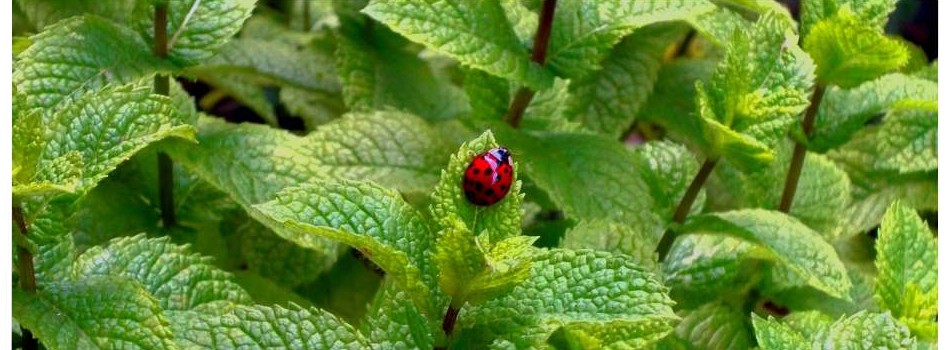Balconia, Balconia
Having practically lived with gardens all my life, it took some getting used to being without them. Until I discovered the little greenery attached right to our living room.
At first, I really missed my big garden. The balcony just seemed like a little retreat to read a book and drink tea.
Having come to terms with this simple truth, I did not do much with the balcony the first year we moved in. Used what was there, half-heartedly planted some herbs in boxes, and left it at that.
What really changed my attitude was – again – making food. In this case, even teaching the kids in our family how to prepare food. Of course, they did not really care. For them it was like ‘and then we put half the balcony in’. The dish we made was an herb cream for a buffet (another story). But they could clearly see that without ‘half the balcony in it’ the cream was just not the same. So I made it a habit to always have fresh herbs available.
The next step was decorative – I saw someone put a rose bow on their balcony and thought it was a great idea. Plus, one of the kids wanted to plant a grapevine. And I wanted a blackberry bush (love them: delicious, hard to come by in the city, good childhood memories). So now they share the rose bow.
Yet another phase resulted from the need to provide food for the plants gathering on our balcony and also to keep unwanted guests at bay. So I picked stinging nettles from the backyard behind our house, from my father’s garden, and from the paths in the nearby garden colony. And I planted them – mostly ‘boxed up’ – along the side of our balcony. Yes, I have gotten ‘stung’ a few times. But I know these plants and their attitude. I grew up with them and I know how valuable these ‘weeds’ really are (sadly, poisonous to horses and some other farm animals). But you can use the tea and the essence (combine it with ginger when setting up to reduce stinkiness) to nourish the plants and keep aphids and the like in check.
With the next stage of development came the queen of plants: roses. Again, I started small with rose twigs and put them in the ground. They tend to be a bit temperamental at times (diva – of course), but we are rewarded with the most spectacular blooms twice a year.
Now they are all one big happy family. The blueberries, gooseberries, strawberries and a small plum tree (from a plum stone) fit right in with the rest of the crowd. I have cut back on planting vegetables and invested more in salads and (wild) herbs because we really like the taste and the farmers market is close to buy good veggies.
They say you never stop learning. And when it comes to gardening, this common wisdom could not be more true.
With the next stage of development came the queen of plants: roses.
Side Notes:
- There are some really good articles on how to prepare plant nourishment and anti-aphid solutions from (stinging) nettle. I learned it from my mother, so I know how to do it right. But it takes quite a bit of experience and side aspects to consider (like some plants do not like it, with others you have to administer it differently … ), which would take up too much space in this blog. I found some very good advice on platforms by gardening experts and organizations. So you might want to look there. Also, you do not need the stinging nettles fresh, you can always buy dried plants from (organic) herb retailers.
- If you want to learn more about how I am boxing plants up in a rather unconventional way, read [‘Boxed Up for Good‘]
